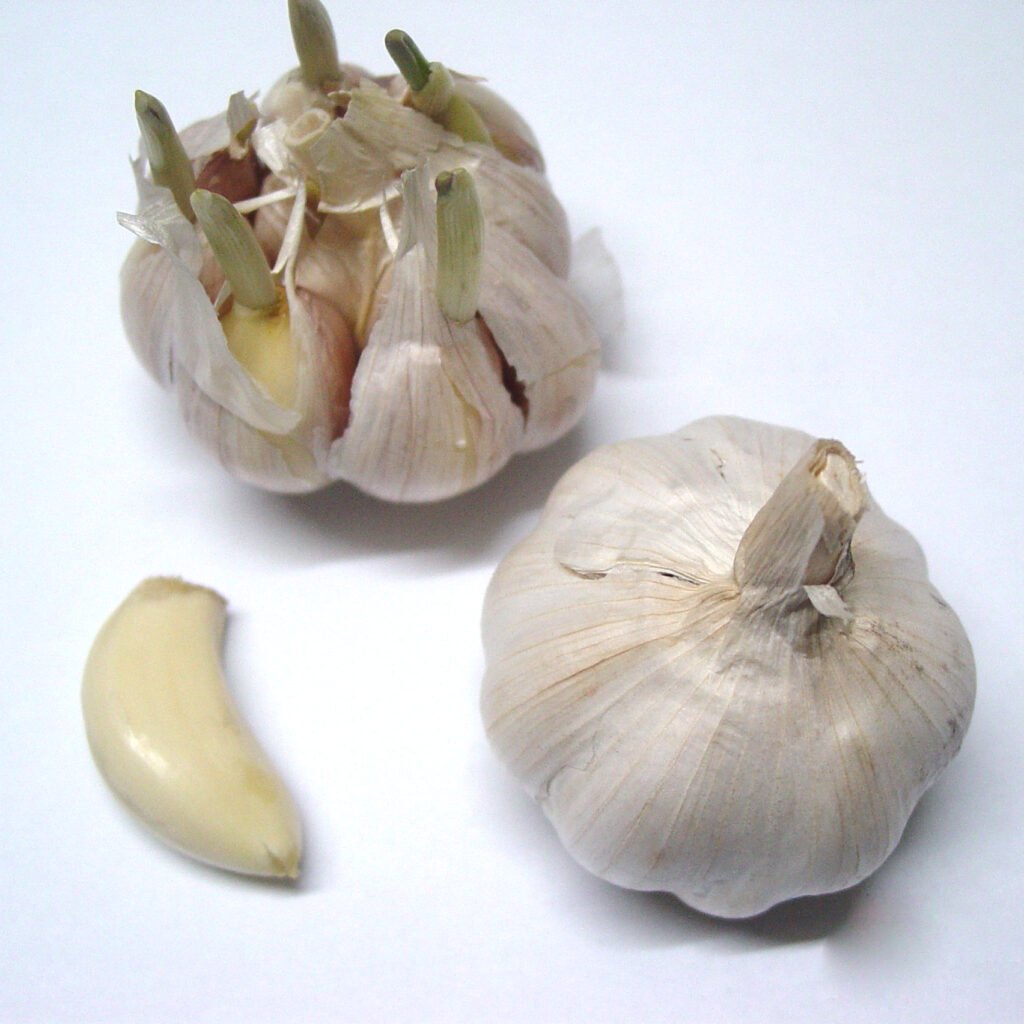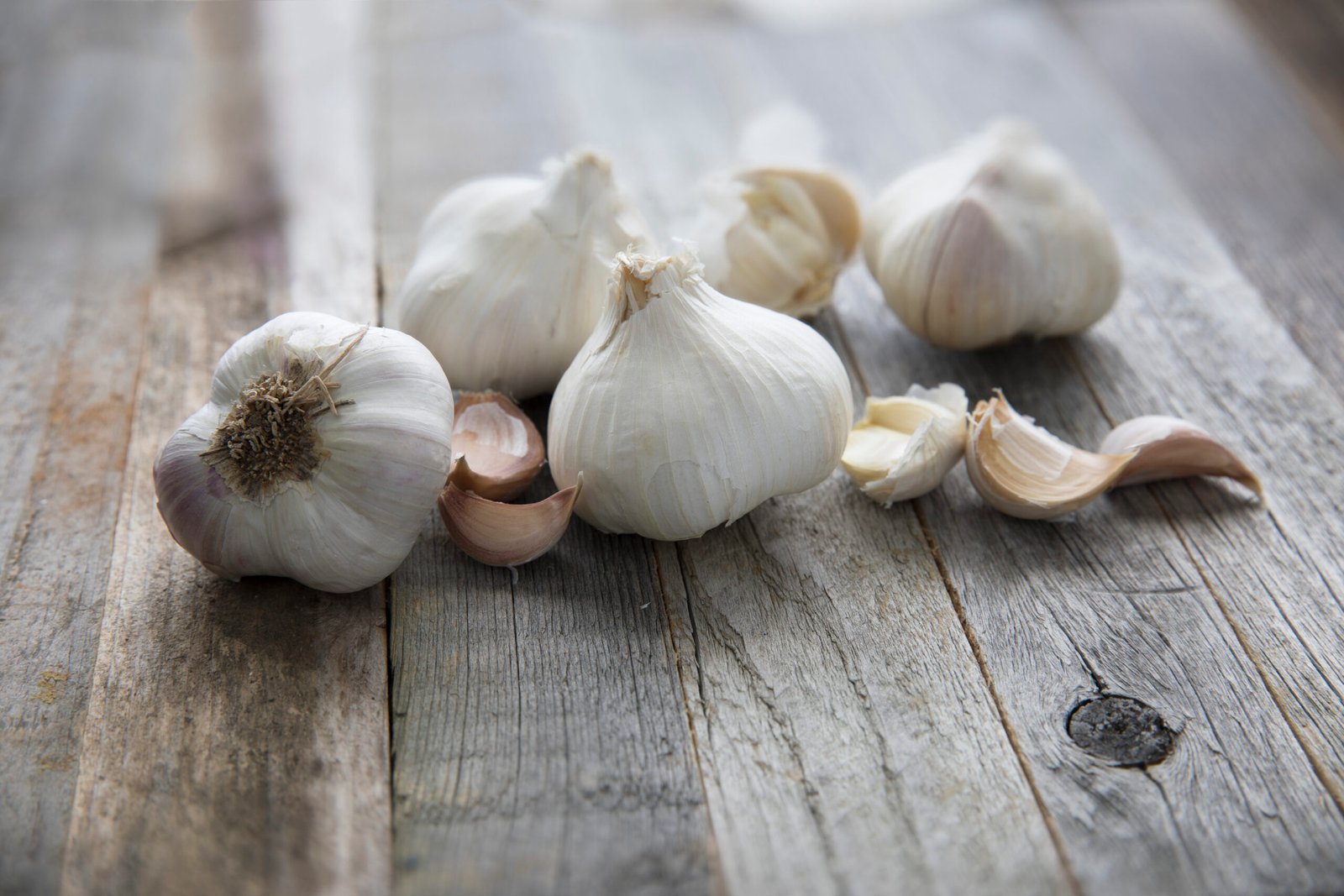Master When to Plant Garlic: 5 Crucial Timing Tips for Every Climate and Region
In addition to being a staple in most kitchens across the world, garlic is also highly valued for its therapeutic qualities. Garlic is one of the simplest crops to grow, but like most plants, knowing when to plant it can help you get the biggest harvest. The sort of garlic you plant, its climate, and your location all have a major role in when to plant it. We’ll walk you through when to plant garlic in various climate zones and geographical locations in this guide so that you can be sure to have an abundant harvest wherever you live.
Garlic Types: Hardneck vs. Softneck
Learning about the two main varieties of garlic—hardneck and softneck—is crucial before digging into when to plant them.

- Hardneck Garlic (Allium sativum var. ophioscorodon): Hardneck garlic grows best in areas with severe winters. It yields a flower stalk known as a “scape” that often has larger but fewer cloves.
- Allium sativum var. sativum, sometimes known as Softneck garlic, is a climate favorite, does not yield a scape, and keeps well in storage. It’s more likely to be found in supermarkets.

Your geographic location will influence the variety of garlic you plant and when to plant it because it affects when to grow and plant.
When to Plant Garlic in different regions
1. USDA Zones 3–7: Temperate and Cold Climates
Due to the harsh winters, garlic is planted in the fall in the majority of North America, as well as in many regions of Europe and Asia. This facilitates the establishment of the bulbs’ root system before the soil freezes, and the cold weather stimulates the production of bulbs.
Planting Period: Before the First Hard Frost, from Mid-September to Late-October
Why Plant in the Fall in Cold Climates:
- For garlic to yield the greatest bulbs, a cold vernalization period is necessary.
- For the colder fall months, cloves can form roots. They can then enter a dormant state for the winter to get ready to sprout again in the spring.
Suggestions for Planting in Cold Climates:
- Soil Preparation: Make sure the soil has enough drainage and has been loosened and enhanced with compost.
- Planting Depth: With the pointy side facing up, each clove should be planted two to four inches deep.
- Mulching: To protect the garlic from harsh winter weather, cover the bed with 4-6-inch layers of mulch or straw after planting.
2. Mild and Mediterranean Climates (USDA Zones 8–10)
Garlic can be planted in the fall in Mediterranean temperatures, such as those found in portions of California, southern Europe, and parts of Australia; however, the timing is different from that advised for colder areas. There is not much of a cold season because winters are often warmer in these regions, therefore planting must take place during the cooler months that don’t reach below freezing.
The best time to plant is in late October or early December, depending on when the temperature becomes cooler.
Why Autumn Planting Is Beneficial in Mild Climates:
- In mild winter climates, winter’s low temperatures provide garlic with just the right amount of chill.
- If plants are planted in the fall, they can develop strong roots before winter arrives.
Tips for Planting in Mild Climates:
- Watering garlic regularly is necessary until the rainy season begins, as it cannot grow in soggy soil.
- To allow for proper growth, when planting garlic, make sure the cloves are separated by 8 to 12 inches and 4-6 inches in a row.
3. Tropical or subtropical Climates
Due to the short cool season and the absence of low temperatures for vernalization, growing garlic in tropical or subtropical regions—such as Central and South America, Southeast Asia, and southern India—presents a problem.
For warm climates, the soft-neck variety will do better. Late winter to early spring planting, or roughly from January through to March, is ideal for such regions.
The reason spring planting works for warm climates is that, in the tropics, too early planting will stress the plants due to continuous heat and humidity. Late winter/very early spring enables garlic to take advantage of the coolest time of the year for better bulb formation.
Planting in Tropical Climates:
- Variety selection: In tropical climates, plant soft-neck garlic varieties.
- Artificial Varnalization: You can also try vernalizing the garlic artificially by storing garlic bulbs in a refrigerator for 6-8 weeks and then planting hardneck garlic.
- Give partial-day shading to young plants to avoid heat damage from the strongest sun during the most intense part of the day.
4. Very Northern and Arctic Climates
Garlic can be grown even in such northernmost latitude areas as northern Canada, Alaska, or parts of Scandinavia by paying close attention to details. In these regions, the ideal time for planting is early to mid-September before the ground has frozen.
Reason for early fall planting in Extreme Cold:
- The short time of the growing season and the necessity for root development beforehand, therefore forces one to do an early planting in extreme northern climates.
- In areas where freezing is common, hardneck varieties of garlic are best suited for this region.
Planting tips for Extreme Northern Climates:
- Extreme cold requires heavy mulching to safeguard the garlic against destruction.
- For the clay soils, planting garlic on raised beds is advisable for better soil warming in spring.
General Tips for All Climates:
- Soil Preparation: Add compost or well-rotted manure to the soil before planting garlic.
- Sunlight: The area of planting should receive at least 6 hours of direct sunlight daily.
- Watering: Garlic prefers moist conditions, not waterlogged conditions.
- Fertilize at planting time with a balanced fertilizer and then again in spring at the start of new growth with organic compost if available.
- Pest Management: Disease can be avoided by ensuring good soil drainage; spacing is also important to avoid such fungal diseases as white rot, which can be more prevalent during high humidity.
Harvesting Time
The time for harvesting garlic will depend on the location but is usually 8-9 months from planting. It is a signal to start harvesting when the lower leaves begin to turn yellow and dry, while the upper ones remain green. Carefully lift the bulbs from the soil with the use of a garden fork or trowel, avoiding pulling on the stem so as not to cause damage to the bulb. After digging, garlic should be cured for a few weeks in a warm, dry location. Once cured, trim the roots and stalks, then store the bulbs in a cool dry place.
But all boils down to the precise time for planting garlic. Regardless of the climate, there is an ideal planting time for every region. If you follow your region’s guidelines and follow all the requirements of your specific garlic variety, you are sure to have an awesome harvest from this resilient and flavorful crop. Whether you are a veteran or an amateur in gardening, truly deserves trying. Happy planting!


Post Comment